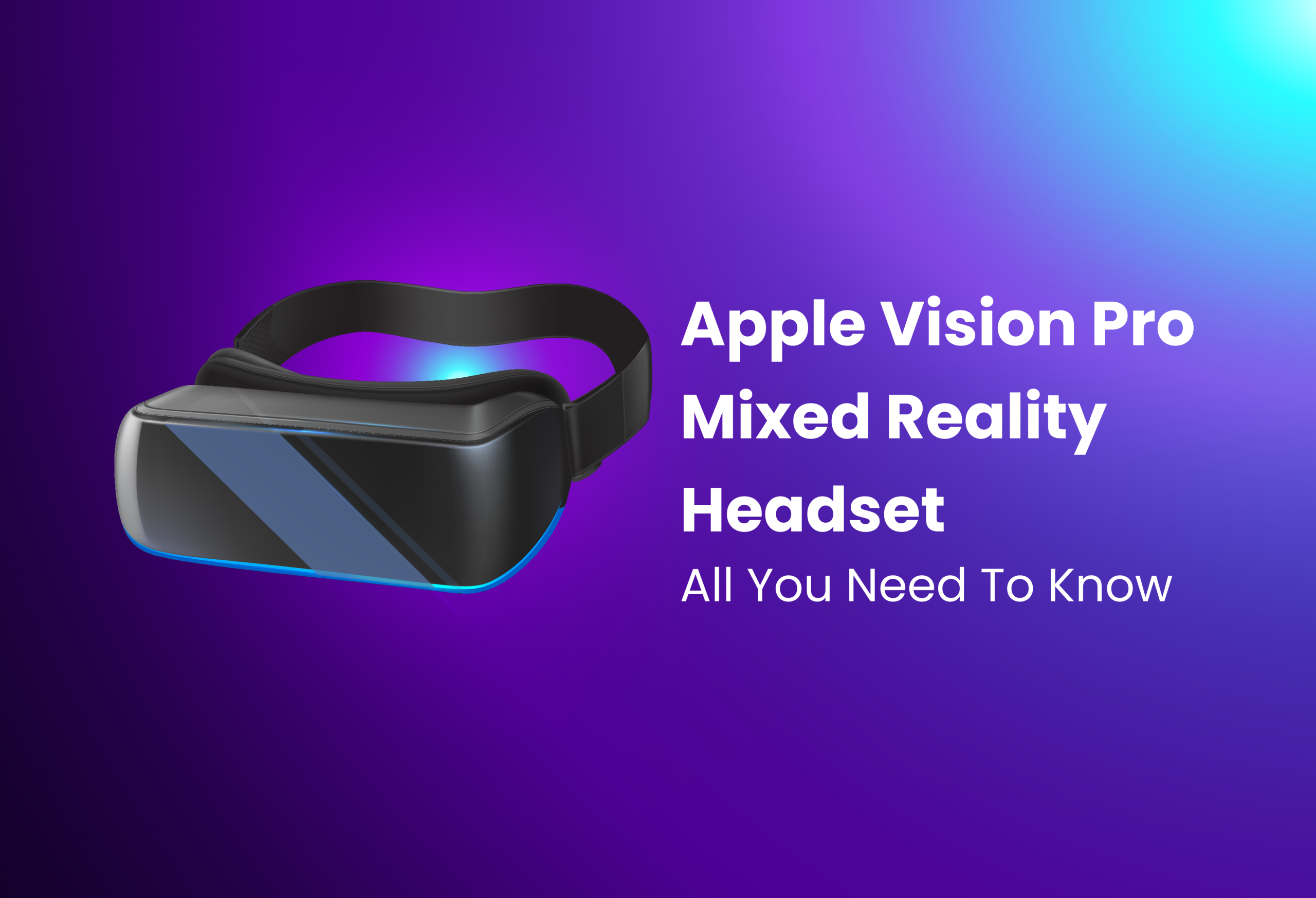We finally got the first glimpse of the Apple Vision Pro, one of the most anticipated launches in recent times. Right after the long-awaited first announcement of the XR headset, the Vision Pro, it became a hot topic. Apart from all the speculation and details, there’s quite a lot of buzz around the price of the advanced, technology-packed, and stylish Vision Pro headset. Nevertheless, there’s speculation that this hardware is able to single-handedly change the game in the VR and AR headset markets.
Being true to its tradition, Apple keeps most information to itself until the last minute. But there are a lot of features and other details we know about. Through this post, we’ll let you know all you need to know about Apple Vision Pro. Find out answers to your questions, including when it is going to be released, the price, specs, and more.
Apple Vision Pro: Setting a new standard for XR headsets
The Apple Reality Pro is about to set a new bar for AR, VR, and the all-inclusive term XR. The company has taken the most popular features from the best VR headsets and incorporated them seamlessly into this product. For instance, it enables you to create virtual screens surrounding your Mac. Plus, with this, you can conveniently make FaceTime calls and work on your emails from the comfort of your couch.
Of course, if the Reality Pro’s only feature is tight Apple integration, even early adopters may be put off by the expensive price. Apple, on the other hand, took measures to (arguably) justify the price point, equipping its XR headset with truly groundbreaking features.
All About Apple Vision Pro: Top features of the Apple Vision Pro
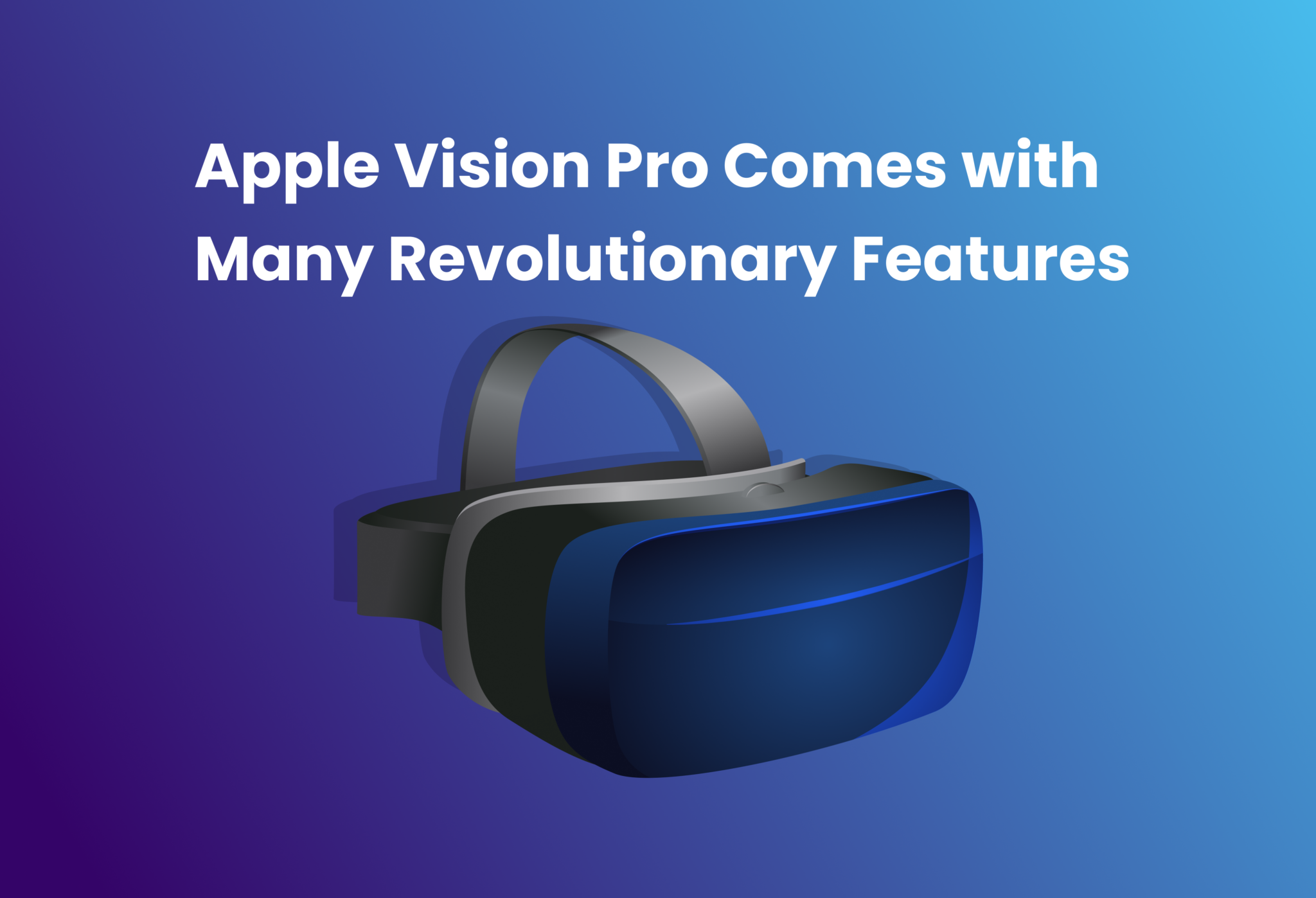
1. Intuitive control
As you know, most VR headsets need controllers, which isn’t the case with the Vision Pro. The Vision Pro allows you to use it entirely with your hands. Apple has yet to reveal all about the product’s features. However, it seems that gripping objects with your hands, flicking and tapping your fingers, and tracing using your index finger are all sufficient to initiate tasks and interact with visionOS.
With Apple making hand interaction the main input method, every VisionOS App Store programme needs to be compatible with it.
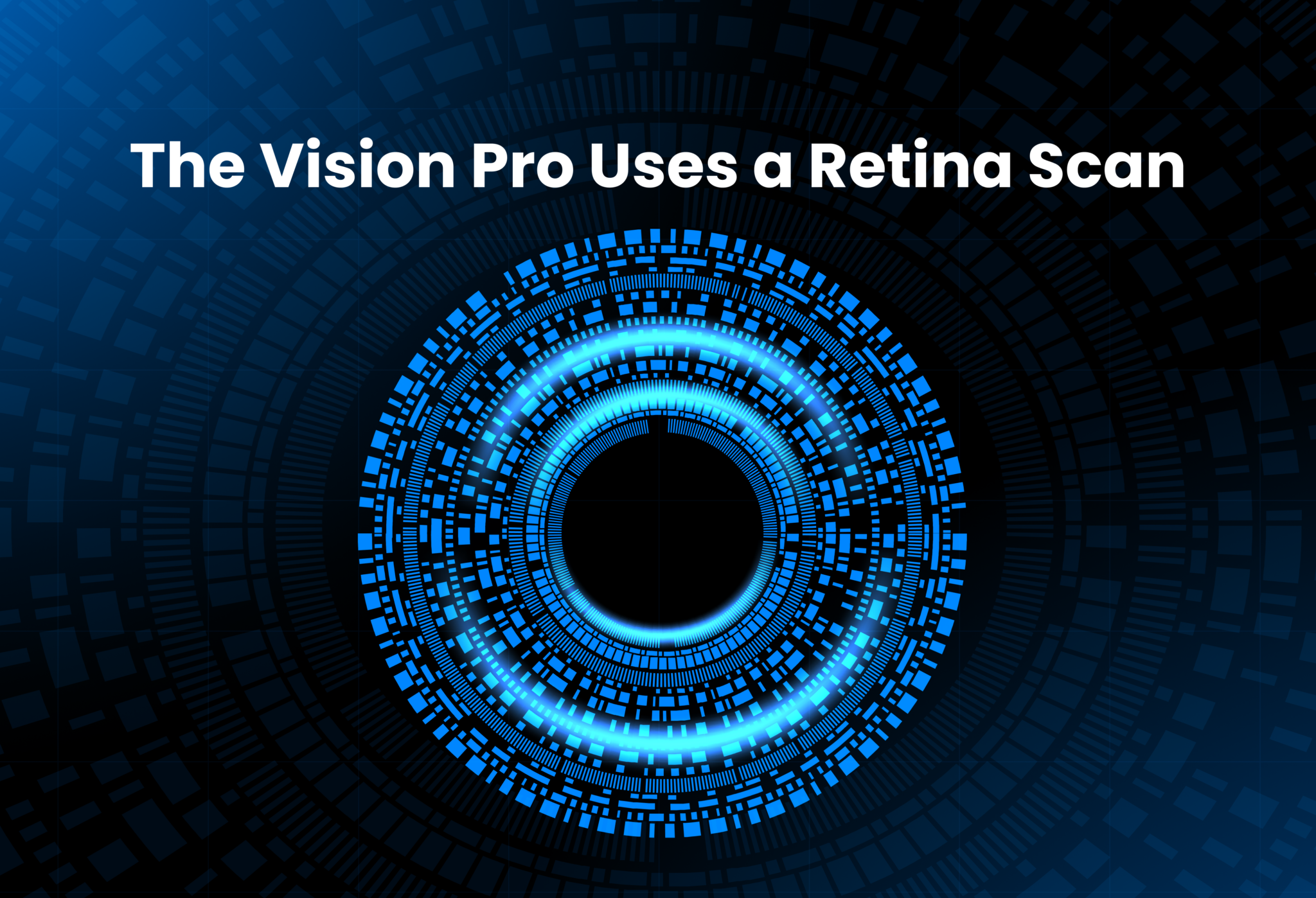
The Vision Pro uses a retina scan, which is called the Optic ID system, a new secure authentication system that examines your iris under different invisible LED light exposures and compares it to the enrolled Optic ID data safeguarded by the Secure Enclave to unlock the Apple Vision Pro right away. Apple assures that the Optic ID data is entirely encrypted, inaccessible to apps, and doesn’t leave your device, implying that it is not saved on Apple servers.
When it comes to gaming, you need more than your hands. That’s why Apple allows game controllers to be used for fast and responsive control.
2. Your own private theater
Apple boasts that the headset delivers a view comparable to a 100-foot-wide screen. This gives you a private theater for movies, TV shows, athletic events, and more, thanks to the inbuilt spatial audio. Apple TV+ will, of course, be available on the Vision Pro.
Apple’s Vision Pro has significantly superior visual quality than competitors, with 4K resolution for each eye and a total of 23 million pixels packed into the two displays. This is more than double the resolution of Meta’s top VR headset and even outperforms the Varjo Aero’s amazing 2880-by-2720 pixel-per-eye resolution.
So far, Apple hasn’t announced much regarding the display brightness or colour space. Although they didn’t go into detail, the company claimed the Vion Pro to have brilliant colour, spectacular detail, and a high dynamic range. Their introduction had someone utilizing the professional image editor Adobe Lightroom in Vision Pro.
With this detail, we can gather how beneficial the Vision Pro is for photographers, videographers, and graphic designers. It implies that they can use Vision Pro instead of a monitor while still being certain that the image quality will be perfect on traditional flat screens. For the time being, the colour fidelity is yet to be known.
3. Spatial recording
As you know, Apple has some of the best mobile camera technologies on the market. Thankfully, their all-in-one headgear also includes photography and video. The Vision Pro can take spatial images and films by simply pressing a button on the headset’s top. With a realistic depth effect, these spatial experiences can be relived within the device.
4. Vision Pro apps
Apple’s Vision Pro, like your iPhone, features a home screen with apps. You can view the time and date, check the weather, and view alerts just like on any other Apple device.
Apple also inserted many of the primary apps into the Vision Pro. This means that as an iPhone, iPad, and Mac user, you can put on the headset and see familiar symbols and themes. Safari, photos, music, messages, and other features are available. You have the choice to use voice input and a floating keyboard to enter text by using only the Vision Pro. Alternatively, if you want more productivity, you can connect it to an Apple Magic Keyboard and Trackpad.
We can agree that it’s a wonderful place to start. However, because the Vision Pro is a totally new product category for Apple, it will not have the same extensive library of native third-party programmes as a Mac or an iPhone. The Meta’s Quest 2 and Pro headsets feature an extensive game catalog. Plus, this platform has been active since 2019, picking up where the Oculus Rift left off. This is where applications for the iPad and iPhone come in.
5. iPad apps
Apple’s developers were working on Vision Pro apps before their introduction. However, it will still take a while to create brand-new games and bring existing content to this new platform. Meanwhile, Apple is filling the void with iPad applications, most notably the recently launched Final Cut Pro and Logic Pro.
The Apple Vision Pro is capable of running iPad apps. This will increase its potential before immersive apps are available. The headset is as quick as an iPad Pro since it is powered by a high-performance M2 processor. The new 15-inch MacBook Air and other Macs are powered by the same processor.
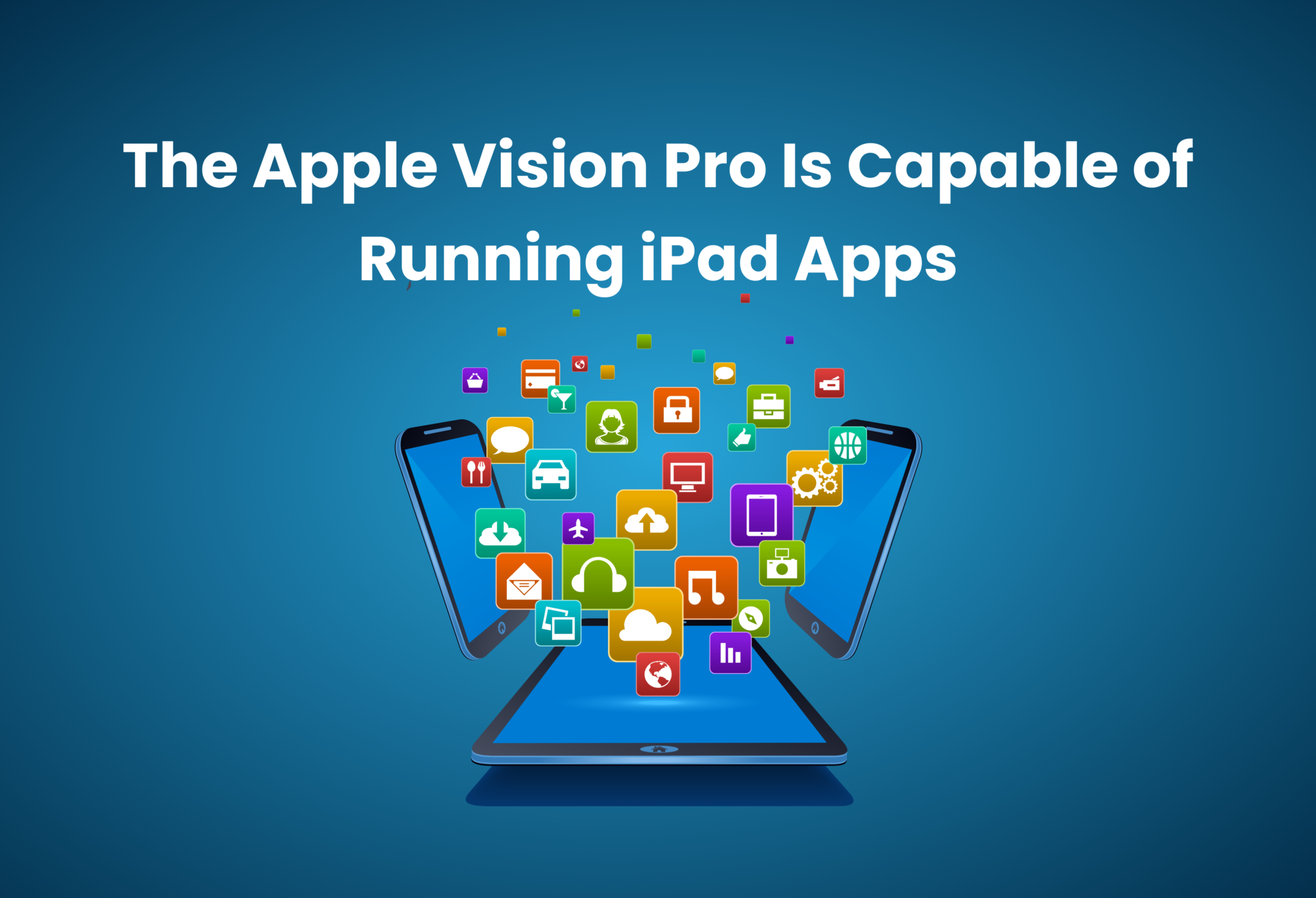
With the Apple Vision Pro, you can pick up where you left off with your iPhone, Mac, or iPad, multitasking with numerous apps on the side or concentrating on just one.
6. Mixed reality
Unlike the Meta Quest Pro’s passthrough and other VR headsets’ obvious visual defects, Apple’s mixed reality picture of your actual surroundings is practically identical to what you’d see without the headset on. This is due to higher-quality cameras and more computing power, which allow the produced pictures to be aligned quickly and precisely.
The digital crown on the Vision Pro, which resembles the one on the Apple Watch, enables a quick switch between immersive vision and viewing your room. For instance, suppose someone is approaching you. In this scenario, the display will disclose them, and they will also be able to see you.
According to Apple’s Vision Pro introduction video, graphics processing has enough power to generate objects that seem nearly as large as the desk you’re sitting at! It’s safe to say this feature is going to bring us the alternate reality we’ve been hoping for.
7. Gaming
Apple’s Vision Pro incorporates Apple Metal 3 technology on an M2 chip to provide excellent gaming performance. Of course, the challenge is acquiring enough content on this platform to effectively compete with existing VR headsets that have created libraries over time.
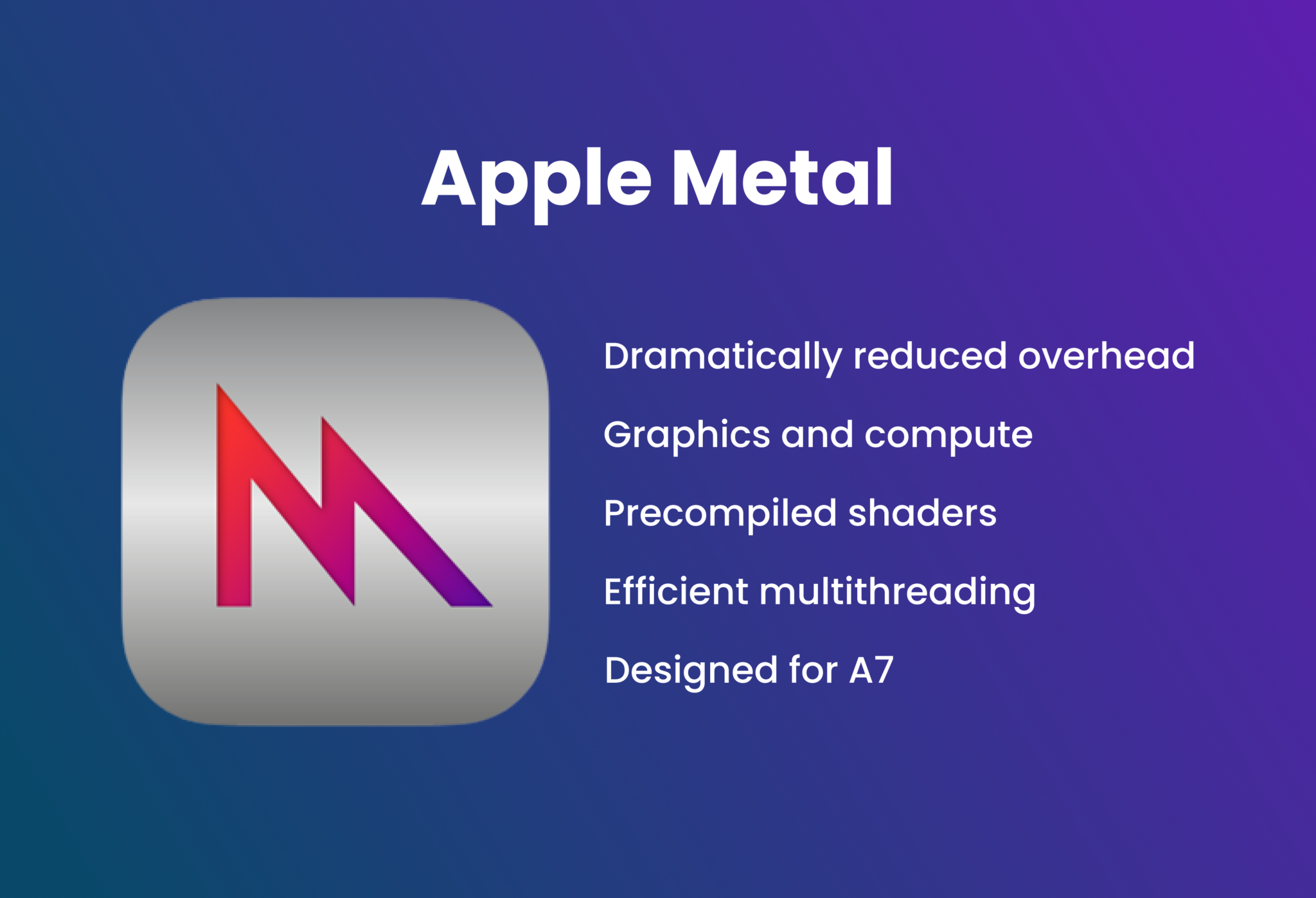
Apple Arcade will launch with over 100 games drawn from the iPad library, but it won’t be enough to entice gamers to purchase Apple’s powerful but gaming-limited tablet.
Apple announced an exciting relationship with Disney, but meeting the demand for gaming that makes use of the Vision Pro’s immersive capabilities, super-high resolution, and unique features may take some time.
8. Eyes front and center
Apple placed a display on the outside of the Vison Pro headset, so your eyes are still visible even when wearing the device. Although the view seems quite dark, it’s still convincing. This is the feature that arguably caused so much stir regarding the Vision Pro headset.
Several Meta prototypes have been around with a similar design called reverse passthrough, none of which can be compared to this, though. Apple’s implementation is far better. The intended experience is to feel as if the user is wearing ski goggles.
9. Hardware
The Vision Pro headset is packed with cutting-edge technology. Obviously, it is intended to be an extremely expensive tool, practically unaffordable to most. There were also rumors that the company was aware that this device wasn’t for the average customer. Instead, it is intended for early adopters, developers, and organizations that can afford the cost.
The Apple Vision Pros was created to be a high-performance device with the same computational power as a MacBook Air, thanks to an M2 and a new R1 processor. To replicate this fast performance in VR, you’d have to connect to a PC with a powerful discrete GPU.
The company did not go into detail about battery life at its presentation. However, it was quietly disclosed that it is only about 2 hours. Because the headset is powered by an external battery pack, a wire connection is necessary. It was also revealed that a much less expensive Apple XR headset is already in the works to advance Apple’s plan for an augmented reality future.
All about Apple Vision Pro: Availability
The powerful, new XR headset is to be available in global markets but will first be available in the United States in early 2024. According to Apple, the product will be available in other countries later next year.
The price of the Apple Vision Pro
The Apple Vision Pro costs $3,499, which is over $2.5 grand more than the product’s closest rival, the Meta Quest Pro or HTX Vive XR Elite! The period between now and the headset’s release apparently allows Apple’s partnered developers (who will have attended the WDC keynote) to create more content for it too.
Wrapping up
The Apple Vision Pro has been heavily speculated about for years. Through this post, we discussed all we know so far, including the price, features, and more. So far, the overall initial impressions from hands-on testing sessions have been good. But it remains to be seen what kind of market this headset will land itself in.
With the closest competitors at around $1,000, Apple’s offering is clearly setting itself apart right away. There are lots more details yet to come about this product. As always, we’ll be keeping a careful eye on the news, so check back here for updated information as it becomes available.

